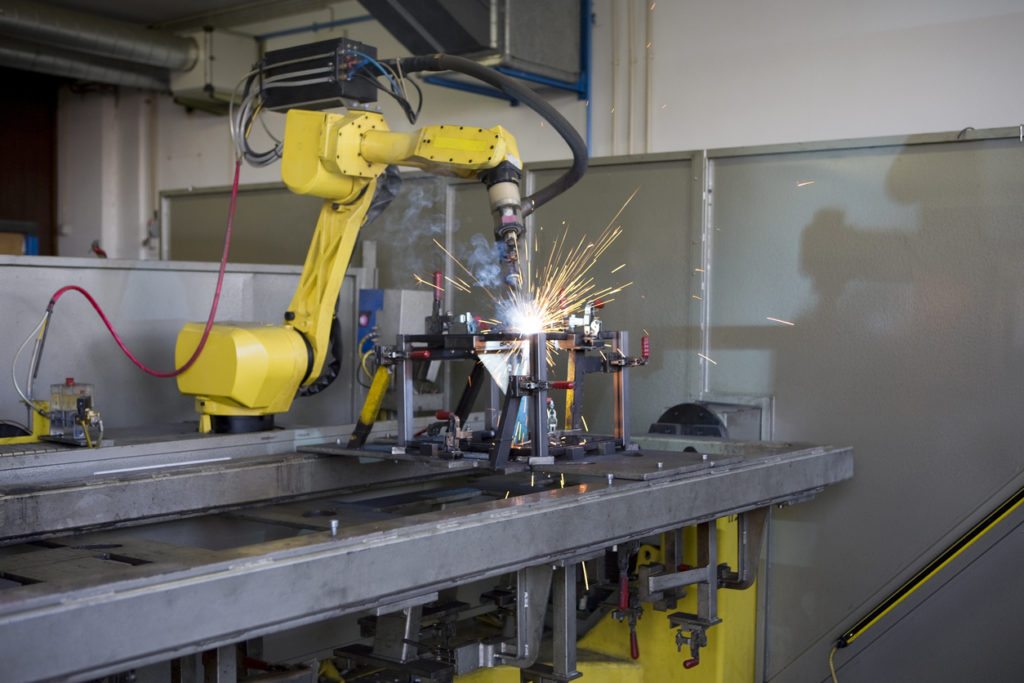Robotic Welding: How Manufacturers Realize ROI, Part 2
 Robotic Welding: Increased Uptime and 85% Efficiency
Robotic Welding: Increased Uptime and 85% Efficiency
It is a common misconception that robots weld faster than humans. That’s not really an accurate assessment. In fact, most automation processes are engineered to mimic the motions of the manual laborer. Where robots deliver greater efficiencies over manual processes is with significantly improved uptime. Compared to manual processes, robotic welding robots produce more parts with greater accuracy and quality not because they weld faster, but because they spend more time welding, and with repeatable accuracy (see Robotic Welding Series Part 1: Avoiding Rework and Excessive Material Consumption.)
Manual Processes Max Out at 20% Efficiency
It may seem strange to think of it this way, but manual processes actually need more maintenance than a robotic welding system does. Manual welders typically work in eight hour shifts, have to take breaks to eat and to rest, need to walk to go get more materials in between welds, have to take time to adjust their seats or get a better look at the part they’re welding, or even stop welding to check quality while in progress. The result is 20% uptime efficiency.
Bottom line, robot welders simply do not have these same needs.
Robotic Welders Enhance Efficiency to 85% Uptime
Often times, robotic welding cells begin welding parts from the day they’re installed and continue to do so for many years. They only need a few periods of scheduled downtime once in a while for proactive maintenance – in order to avoid unscheduled downtime, which is much more costly to business than predictable maintenance routines.
Robots can also be equipped with many different types of peripherals that further increase uptime. For example, robotic welding cells can be equipped with nozzle cleaning stations. In between welds, these stations clean dirt, debris and spatter off the nozzle of the welding gun. This minimizes weld defects, unproductive rework and other problems that negatively impact efficiency.
When evaluating manual processes versus automated welding, consider the unparalleled efficiency through major improvements in uptime, not speed, that robotic welding affords. Robots don’t get tired, don’t need to sleep or eat, and don’t need to take breaks. While they aren’t necessarily faster, their higher percentage of uptime significantly increases throughput, and quality, on a daily basis.
Increased uptime and high levels of efficiency are significant ways that robotic welding cells lead to ROI for manufacturers across industries.
To continue learning about robotic welding ROI, look for part 3 of our four-part series next week: Improving Labor & Workplace Safety.
Robotic Welding Series Part 1: Avoiding Rework and Excessive Material Consumption
Posted in Robotic Welding
The other day, my brother was talking about introducing ARC welding robots into the workplace. It is an interesting concept to read about and hear that their efficiency is unparalleled. Especially that it is pointed out that robots won’t tire out like people will.